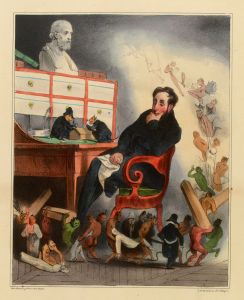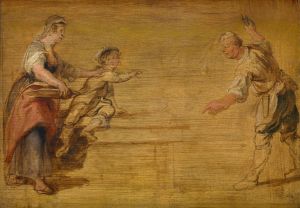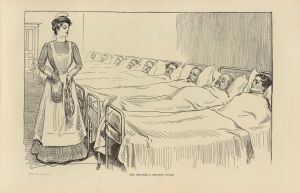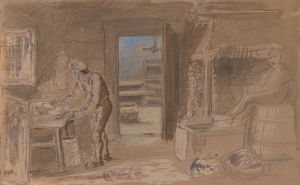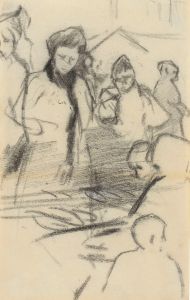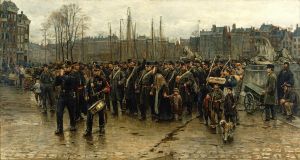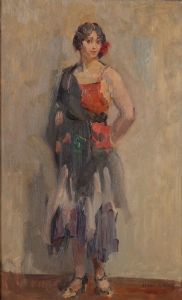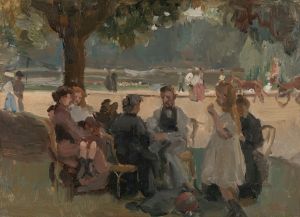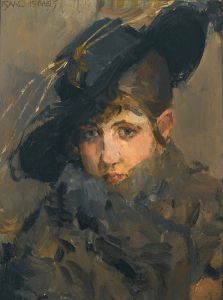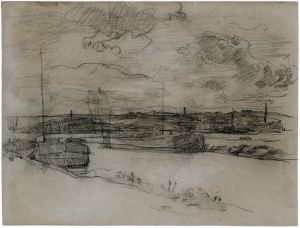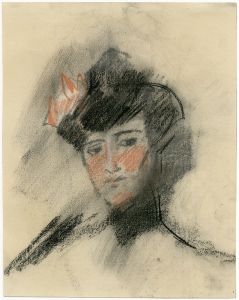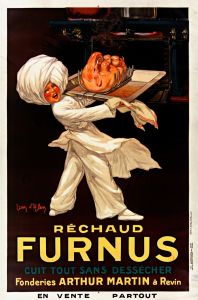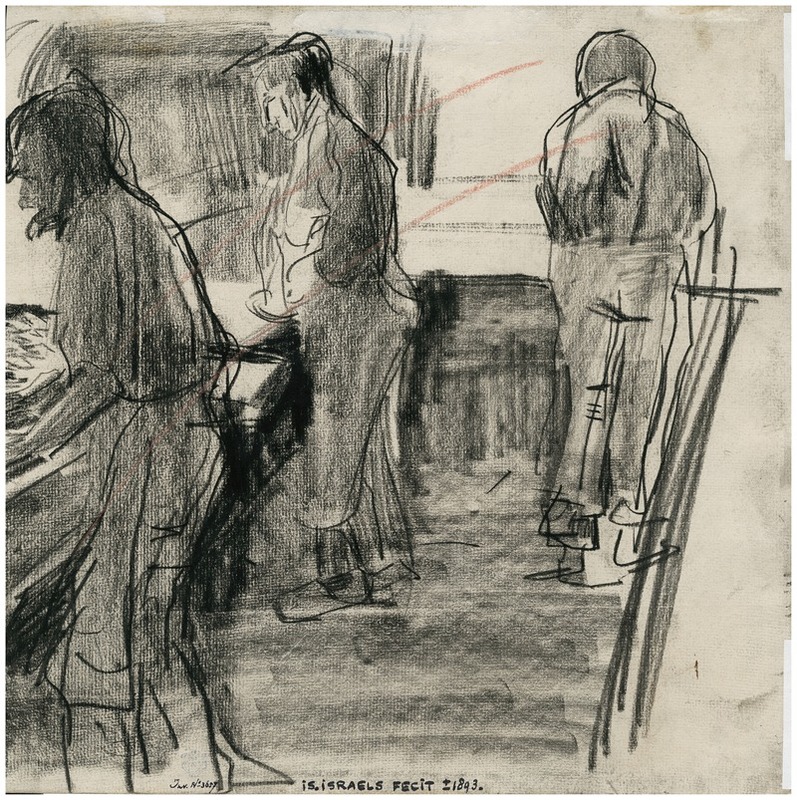
Drie keukenhulpen aan het werk
A hand-painted replica of Isaac Israëls’s masterpiece Drie keukenhulpen aan het werk, meticulously crafted by professional artists to capture the true essence of the original. Each piece is created with museum-quality canvas and rare mineral pigments, carefully painted by experienced artists with delicate brushstrokes and rich, layered colors to perfectly recreate the texture of the original artwork. Unlike machine-printed reproductions, this hand-painted version brings the painting to life, infused with the artist’s emotions and skill in every stroke. Whether for personal collection or home decoration, it instantly elevates the artistic atmosphere of any space.
"Drie keukenhulpen aan het werk" (Three Kitchen Helpers at Work) is a painting by the Dutch artist Isaac Israëls. Israëls, born in Amsterdam on February 3, 1865, was a prominent figure in the Amsterdam Impressionism movement, which was heavily influenced by French Impressionism. He was the son of Jozef Israëls, a leading figure of the Hague School, and grew up in an environment that nurtured his artistic talents from a young age.
Isaac Israëls is known for his dynamic and lively depictions of urban life, capturing scenes from the bustling streets of Amsterdam, Paris, and other cities he visited. His works often feature ordinary people engaged in everyday activities, rendered with loose brushwork and a keen eye for light and movement.
"Drie keukenhulpen aan het werk" exemplifies Israëls' interest in portraying the working class and their daily routines. The painting depicts three kitchen helpers, or cooks, engrossed in their tasks within a kitchen setting. The composition is characterized by its spontaneous and fluid brushstrokes, which convey a sense of immediacy and movement. Israëls' use of light and shadow adds depth to the scene, highlighting the figures and their actions.
The painting reflects Israëls' ability to capture the essence of his subjects with minimal detail, focusing instead on the overall atmosphere and the interplay of light and color. This approach aligns with the Impressionist technique of capturing fleeting moments and the effects of light on the environment.
Isaac Israëls' works are celebrated for their vibrant energy and their ability to convey the spirit of the times. His paintings provide a window into the daily lives of people during the late 19th and early 20th centuries, offering a glimpse of the social and cultural dynamics of the period.
"Drie keukenhulpen aan het werk" is part of Israëls' broader oeuvre, which includes portraits, street scenes, and other genre paintings. His works are held in various public and private collections, including the Rijksmuseum in Amsterdam and the Gemeentemuseum in The Hague.
Isaac Israëls continued to paint and travel throughout his life, maintaining a prolific output until his death on October 7, 1934. His contributions to Dutch art and his role in the development of Impressionism in the Netherlands have cemented his legacy as one of the key figures in the history of modern art.
In summary, "Drie keukenhulpen aan het werk" is a testament to Isaac Israëls' skill in capturing the vibrancy of everyday life through his Impressionist technique. The painting remains an important example of his work and continues to be appreciated for its artistic and historical significance.





